Don't Call Christina Later, Call Christina Now
Follow us
What are Common Causes of Bicycle Accidents?
Identifying Hazards to Enhance Cyclist Safety on the Road
Bicycling is a popular mode of transportation and recreation, offering a great way to stay active and explore the outdoors. However, it also comes with its risks. Understanding the common causes of bicycle accidents is essential for both cyclists and drivers. This blog will explore these causes, helping you stay safe on the road and make informed decisions while riding.
Nature's Symphony
Why Knowing Bicycle Accident Causes Matters:
According to the National Highway Traffic Safety Administration (NHTSA), thousands of cyclists are injured or killed in accidents each year. By understanding the factors that contribute to these incidents, both cyclists and motorists can take proactive steps to reduce the risk of accidents and enhance road safety.
1. Distracted Drivers
The Role of Distraction: One of the leading causes of bicycle accidents is distracted driving.
Common distractions include:
- Mobile Phones: Texting or using apps while driving takes attention away from the road.
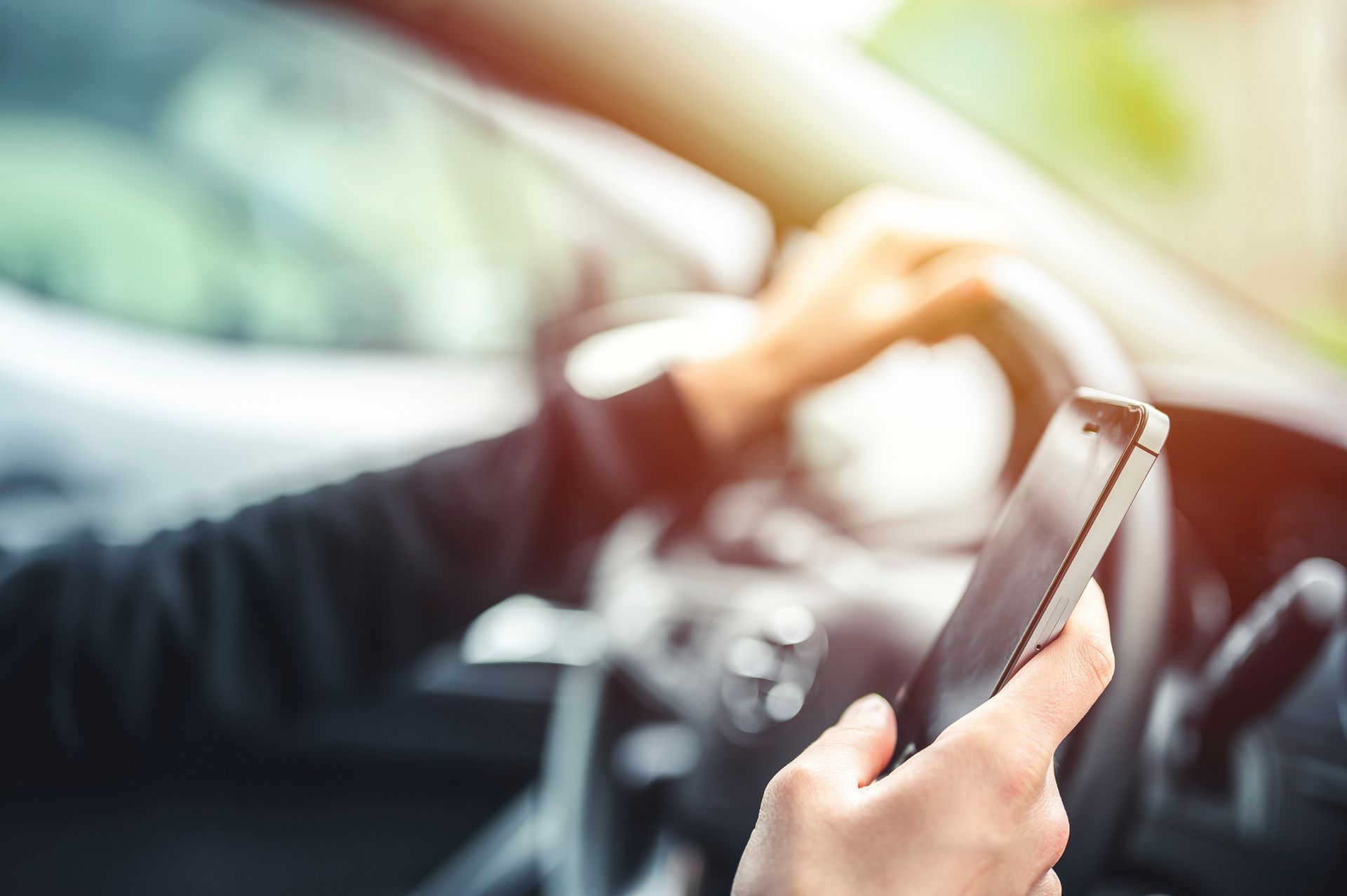
- In-Car Activities: Adjusting the radio, eating, or talking to passengers can divert a driver's focus.

- Impact on Cyclists: Distracted drivers may fail to see cyclists, leading to dangerous collisions. Cyclists are often vulnerable, and even a moment of inattention can result in serious injuries.
2. Failure to Yield
Understanding Right of Way:
Many bicycle accidents occur when drivers fail to yield the right of way to cyclists.
This can happen in various situations:
Intersections:
Drivers turning left or right may not see an oncoming cyclist, leading to a collision.
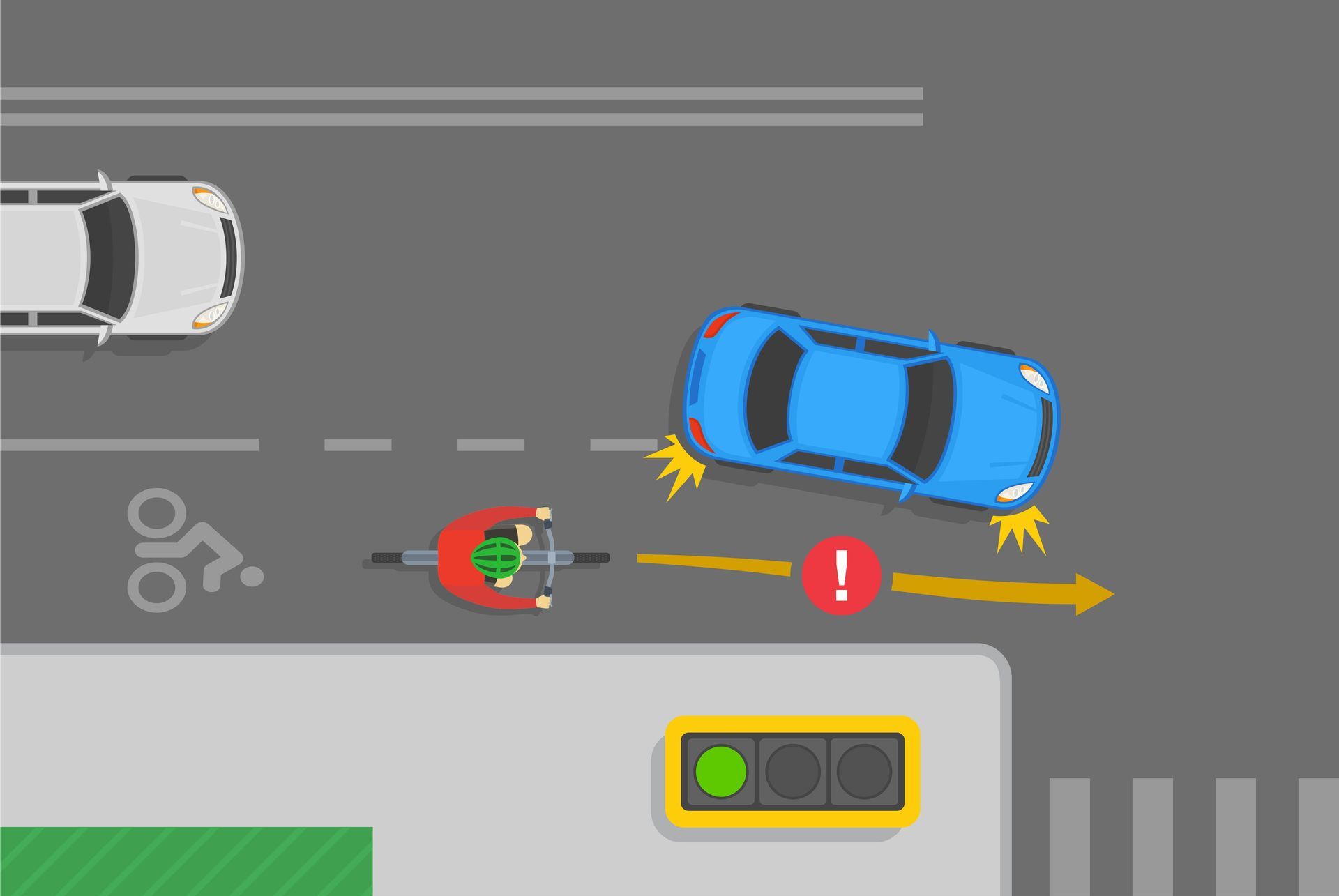
Roundabouts:
Cyclists often have the right of way, but drivers may not always adhere to this rule.
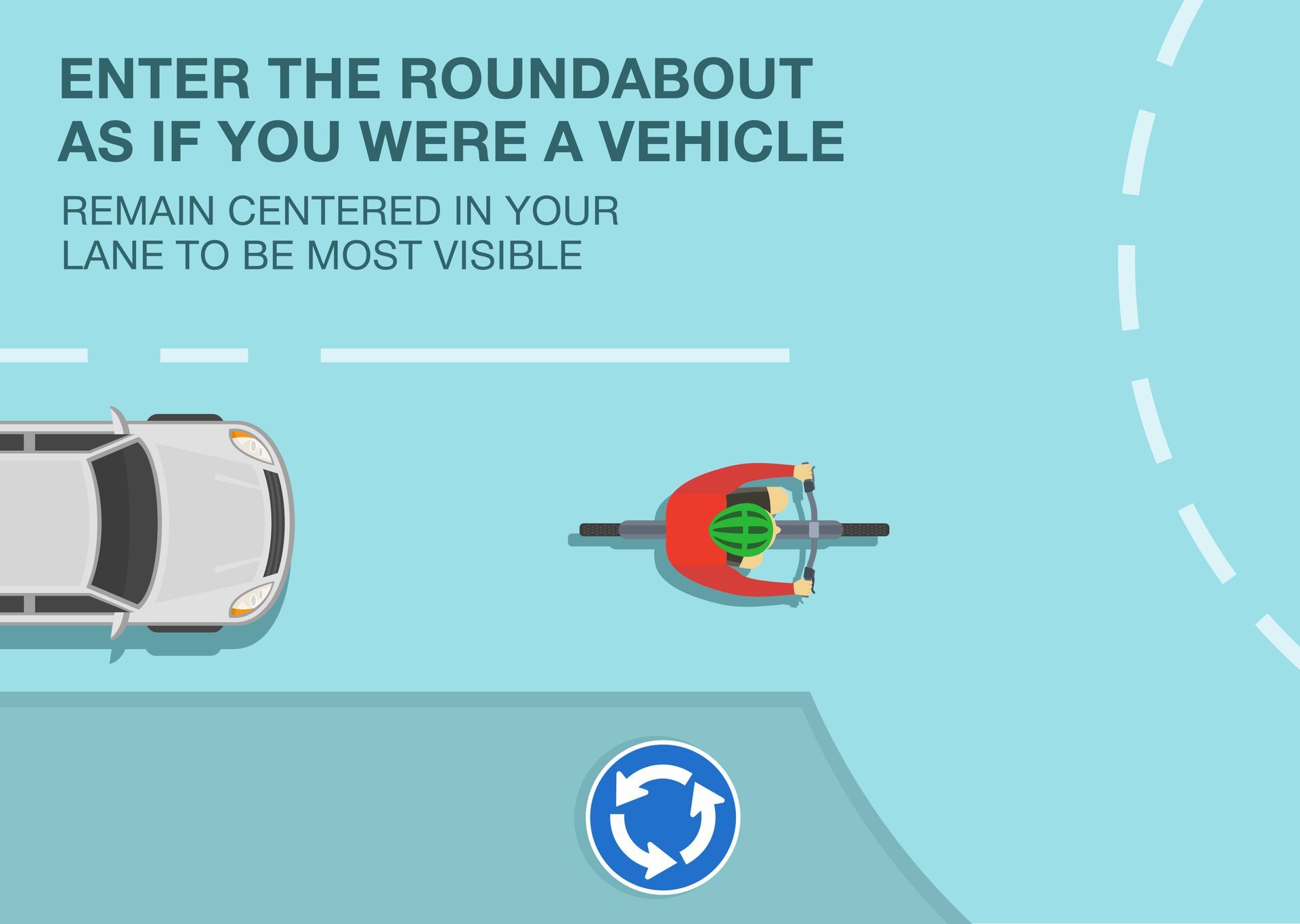
- Impact on Cyclists: When drivers ignore right-of-way rules, cyclists can suffer severe injuries due to the sudden impact.
3. Poor Visibility
Conditions That Affect Visibility: Visibility plays a crucial role in bicycle safety. Factors contributing to poor visibility include:
- Low Light Conditions: Riding at dawn, dusk, or night without adequate lighting makes cyclists harder to see.
- Weather Conditions: Rain, fog, and snow can obscure visibility for both cyclists and drivers.
- Impact on Cyclists: Poor visibility increases the risk of accidents, as drivers may not see cyclists until it's too late. Cyclists should always use lights and wear reflective gear to enhance their visibility.
Examples of colors that bicyclists should wear to enhance visibility and safety on the road:
- Fluorescent Yellow: This bright color is highly visible in both daylight and low-light conditions, making it a popular choice for cycling gear.
- Bright Orange: Another excellent choice for visibility, bright orange stands out against many backgrounds, especially in urban environments.
- Lime Green: Similar to fluorescent yellow, lime green is vibrant and easily noticeable, improving a cyclist's visibility on the road.
- Hot Pink: This bold color is not only eye-catching but also adds a fun touch to cycling attire while ensuring safety.
- Bright Red: This color is striking and can grab the attention of drivers, especially in a busy traffic environment.
- White: While not as bright as neon colors, white clothing can be effective in reflecting light and enhancing visibility during the day.
- Reflective Materials: Wearing clothing with reflective strips or panels can significantly enhance visibility, especially at night or in low-light conditions. Reflective gear can be in any color, but it works best on darker fabrics.

Examples of colors that cyclists should avoid wearing at night or in poor weather conditions due to their low visibility:
Dark Colors:
- Black: This color absorbs light and makes it difficult for others to see you, especially at night.
- Navy Blue: Similar to black, navy blue is dark and can blend into the night sky or shadows.
- Dark Gray: This color offers little contrast against the asphalt and can be hard to see in low-light conditions.
- Brown: Like other dark colors, brown can easily blend into the environment, reducing visibility.
Muted or Dull Colors:
- Olive Green: While it might be great for camouflage, it's not suitable for visibility.
- Beige or Tan: These neutral colors can fade into the background, especially in urban settings.
Patterns That Don’t Stand Out:
- Clothing with dark patterns or designs can also reduce visibility. For example, black stripes on a dark background can make it difficult for others to see you.
Colors that Blend with the Environment:
- Colors like forest green, dark purple, or any shades that resemble common nighttime surroundings can make a cyclist hard to spot.

4. Road Hazards
Common Hazards Cyclists Face: Cyclists often encounter various road hazards that can lead to accidents, including:
- Potholes: Hitting a pothole can cause a cyclist to lose control and crash.
- Debris: Items like broken glass, branches, or gravel can create dangerous riding conditions.
- Uneven Surfaces: Bumpy or poorly maintained roads can increase the risk of falls.
- Impact on Cyclists: Road hazards can be particularly dangerous, as cyclists have less protection than motor vehicle occupants. Awareness of road conditions and avoiding hazards can help prevent accidents.
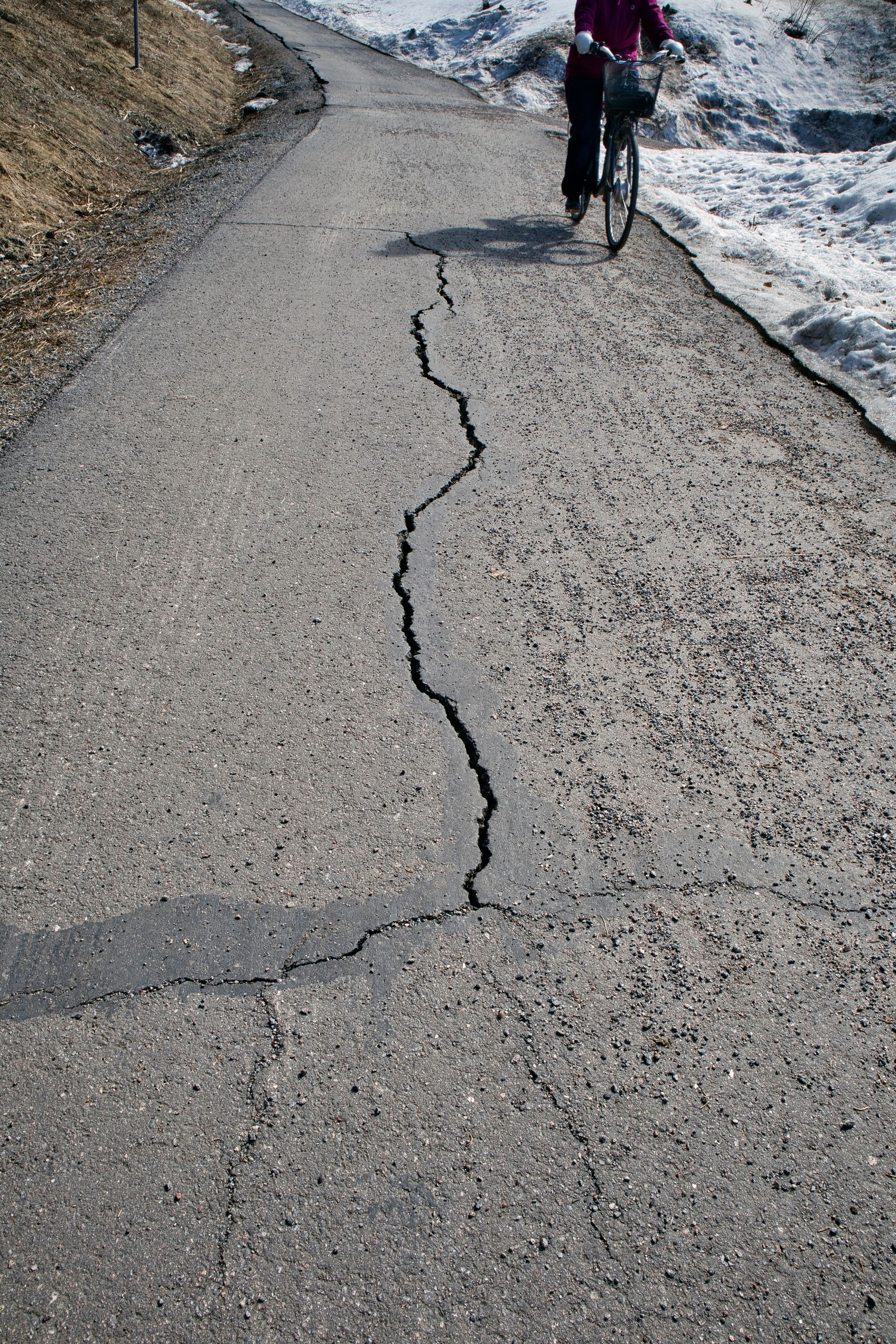
5. Lack of Bicycle Infrastructure
Importance of Dedicated Bike Lanes: Inadequate bicycle infrastructure can contribute to accidents. This includes:
- Lack of Bike Lanes: Without designated spaces for cyclists, riders may have to share lanes with vehicles, increasing the risk of collisions.
- Poorly Marked Roads: Faded or nonexistent road markings can confuse both drivers and cyclists.
- Impact on Cyclists: When cyclists are forced to navigate busy roads without proper infrastructure, the likelihood of accidents increases. Advocating for better bike lanes and signage can enhance safety for all road users.
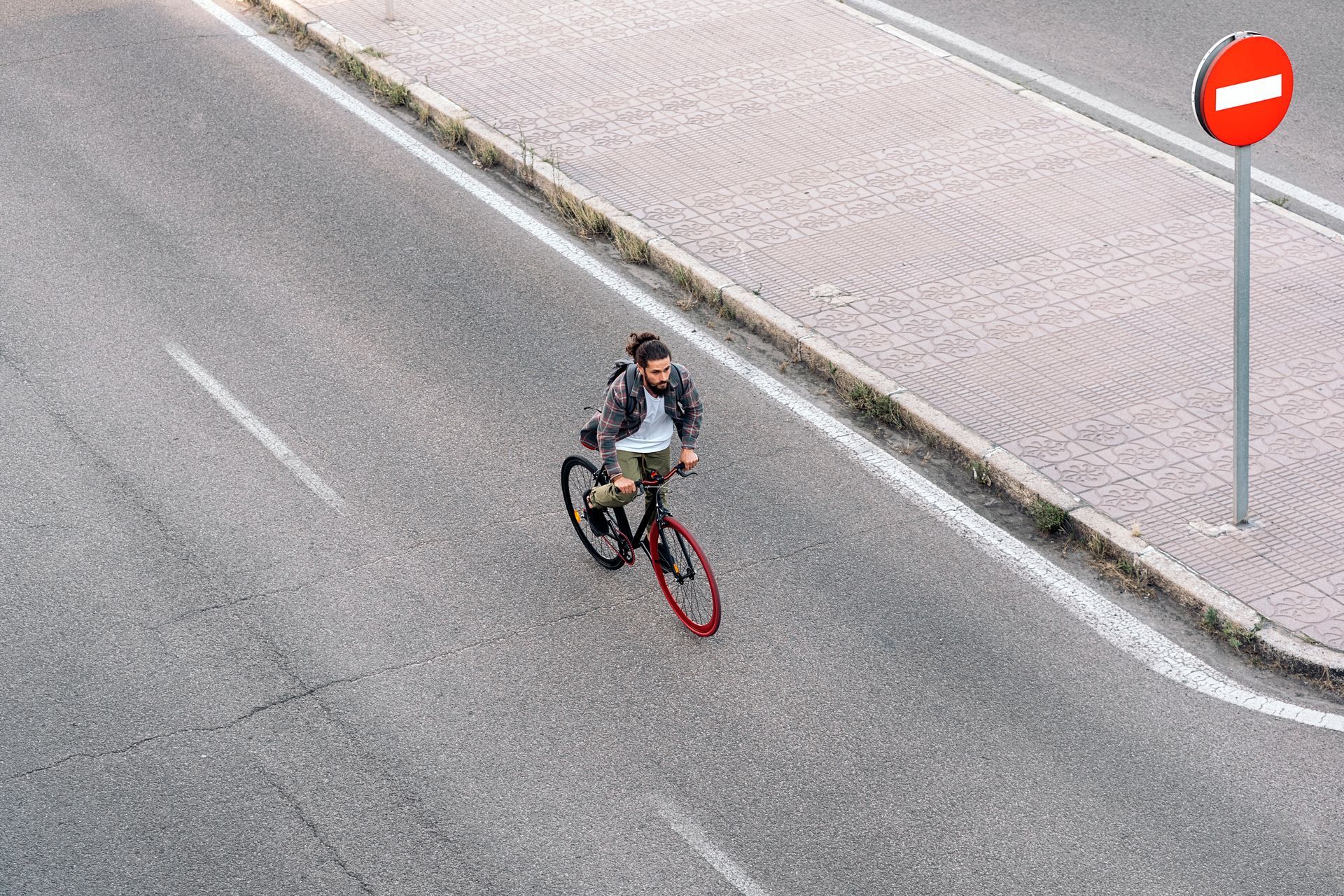

5. Lack of Bicycle Infrastructure
Importance of Dedicated Bike Lanes: Inadequate bicycle infrastructure can contribute to accidents. This includes:
- Lack of Bike Lanes: Without designated spaces for cyclists, riders may have to share lanes with vehicles, increasing the risk of collisions.
- Poorly Marked Roads: Faded or nonexistent road markings can confuse both drivers and cyclists.
- Impact on Cyclists: When cyclists are forced to navigate busy roads without proper infrastructure, the likelihood of accidents increases. Advocating for better bike lanes and signage can enhance safety for all road users.
6. Driving Under the Influence
Impact of Alcohol and Drugs: Driving under the influence is a significant risk factor for all road users, including cyclists. Impaired judgment can lead to:
- Reduced Reaction Times: Drivers may not respond quickly enough to avoid a cyclist.
- Poor Decision-Making: Impaired drivers may not adhere to traffic laws or be aware of their surroundings.
- Impact on Cyclists: Cyclists are particularly vulnerable to accidents caused by impaired drivers, leading to serious injuries or fatalities.
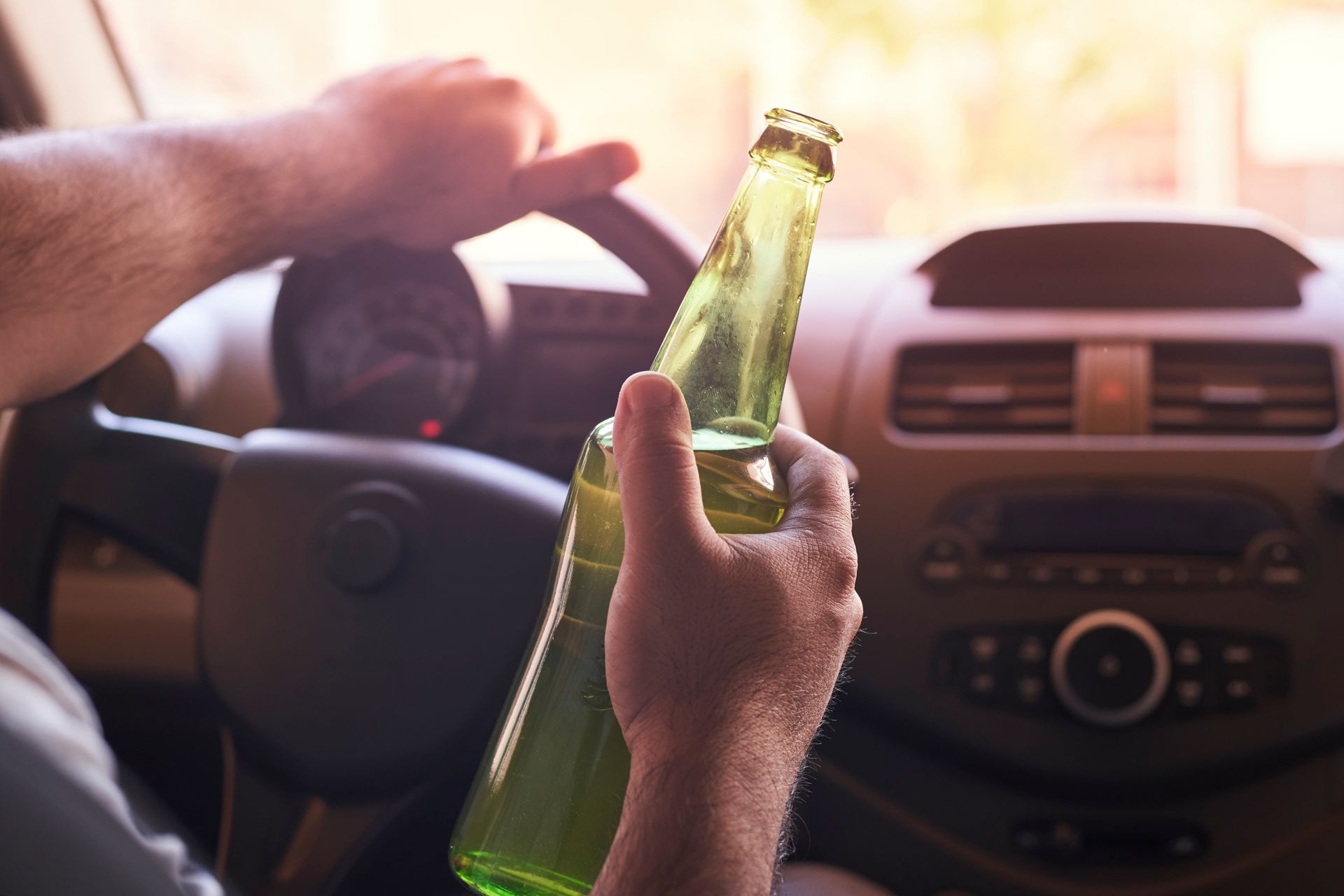
Understanding the common causes of bicycle accidents is crucial for improving safety on the road. By being aware of distractions, right-of-way rules, visibility issues, road hazards, infrastructure gaps, and the effects of impaired driving, both cyclists and drivers can take steps to reduce risks.
Stay safe while riding! If you’ve been involved in a bicycle accident and need assistance,
contact us today for a consultation.
Quick & Reliable
We are available 24/7 to Guide You to Better Health.
CALL CHRISTINA NOW is here to help 24 hours a day, 7 days a week, offering free and compassionate support. When you call us, we'll listen to your concerns, understand the specifics of your accident, help you find medical care for your injuries, and connect you with a professional who can advise you on the legal aspects of your situation.
CALL CHRISTINA NOW specializes in assisting with Lawyer and Medical Accident matters. If you've been in a car, motorcycle, or truck accident—or any other kind of accident—contact us today for trustworthy support.
DISCLAIMER:
CALL CHISTINA NOW isn't a law firm and can't provide legal advice, but we can refer you to the right attorney who can.
All Rights Reserved | Call Christina Now
Copyright © Call Christina Now Offers All Rights Reserved 2025
View Our Privacy Policy | Terms & Conditions | Disclaimer

